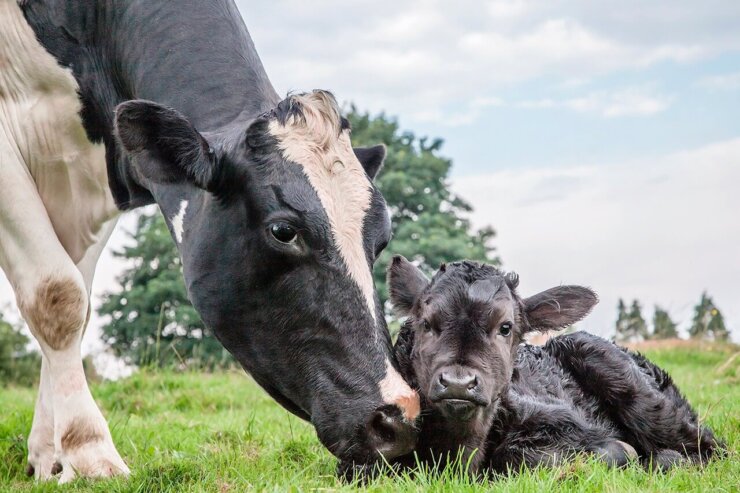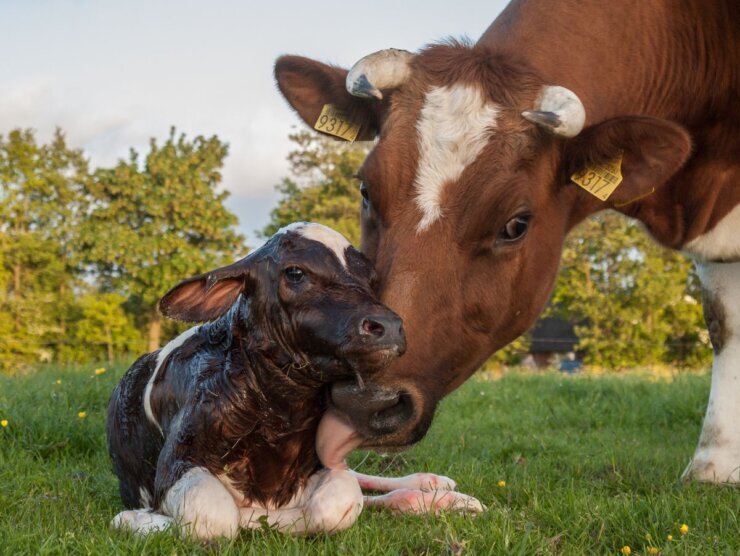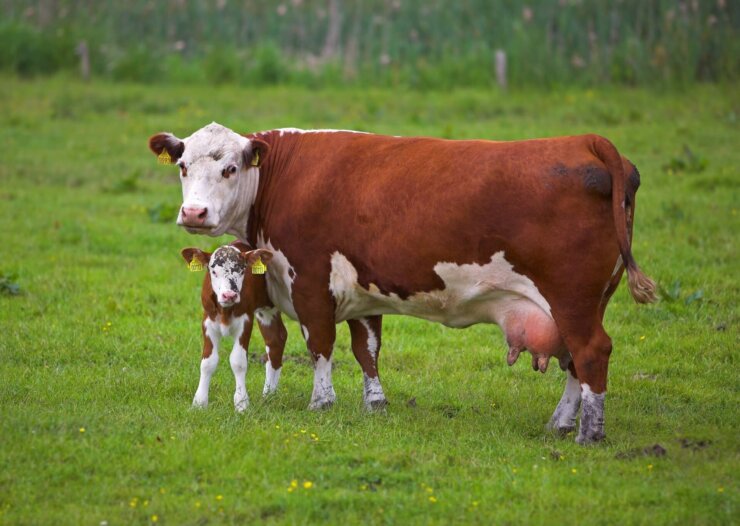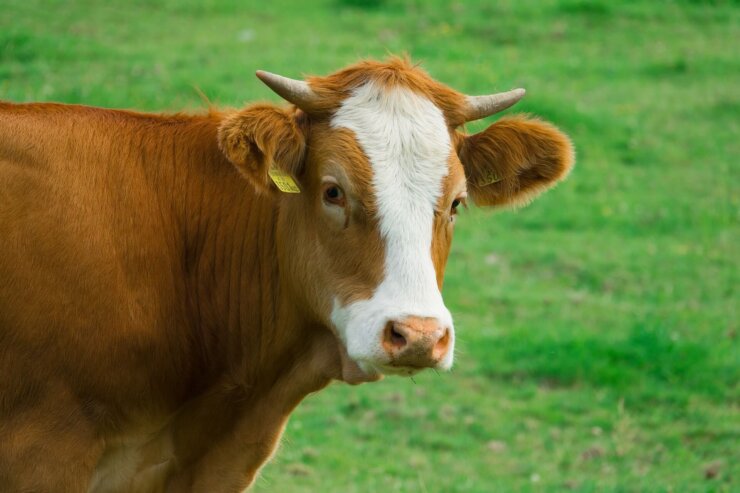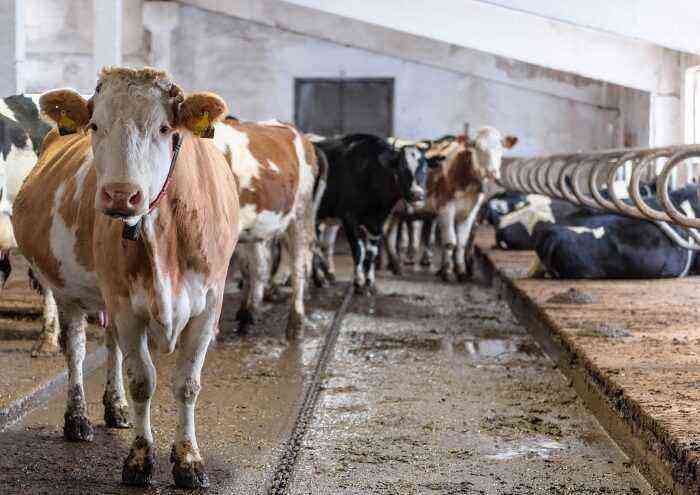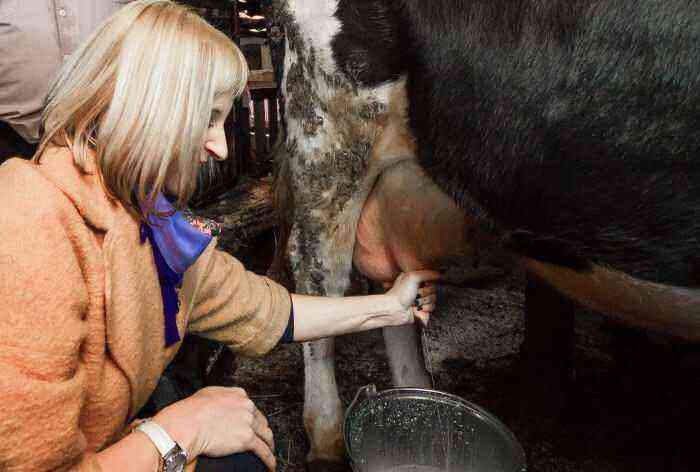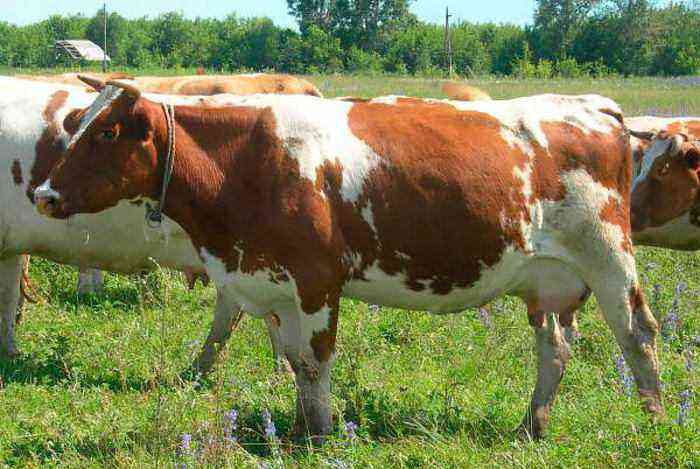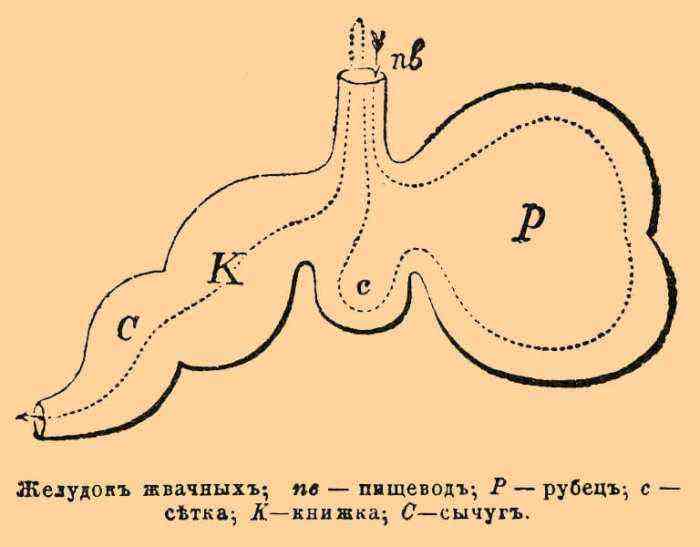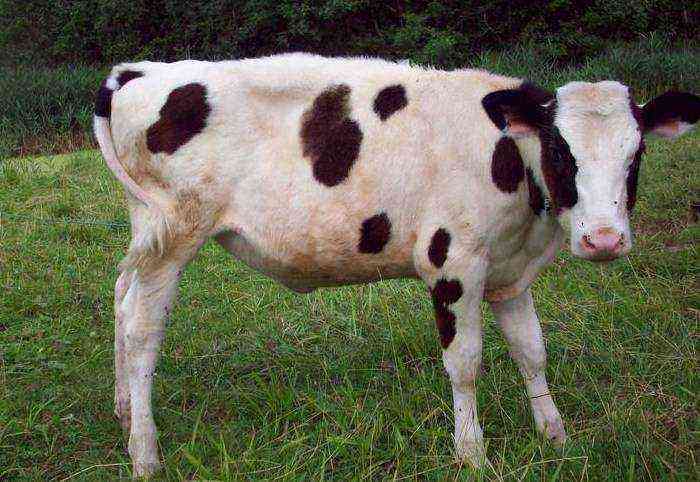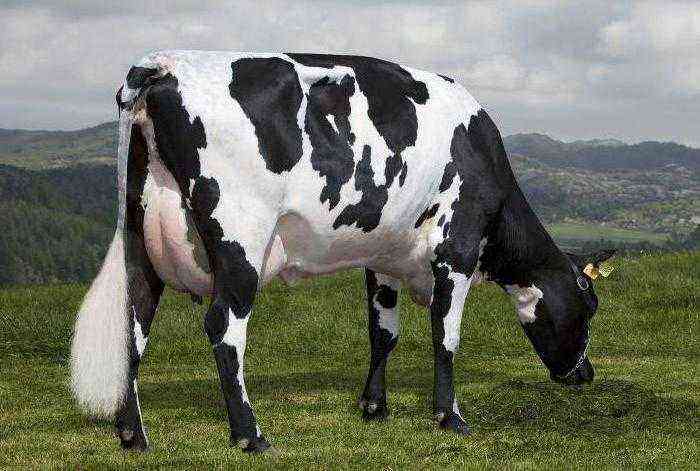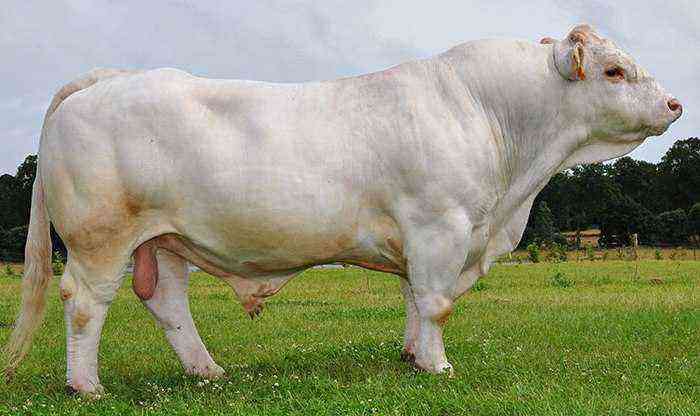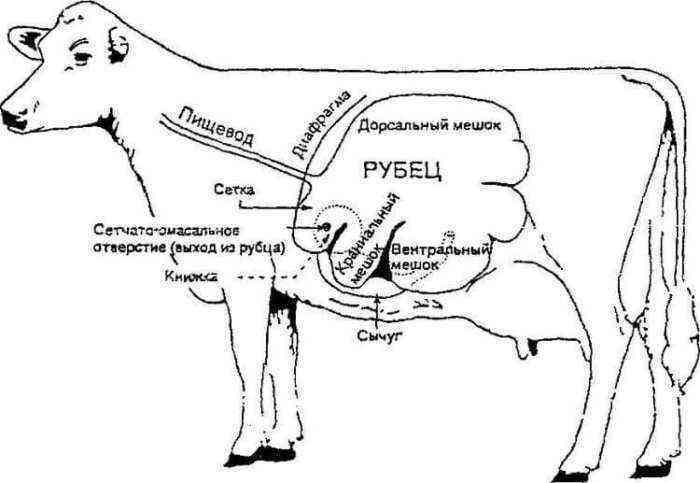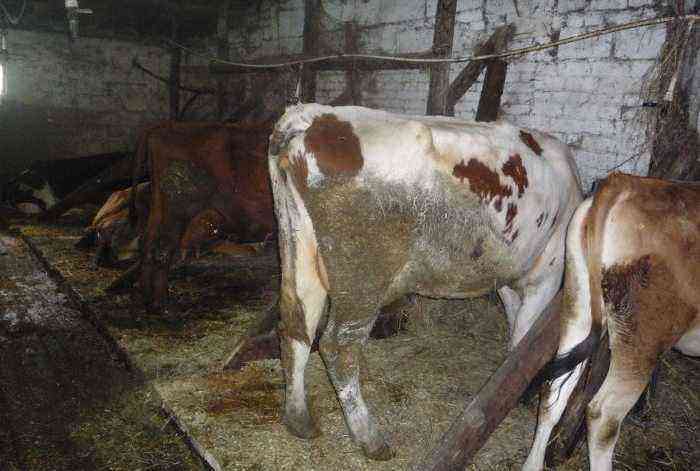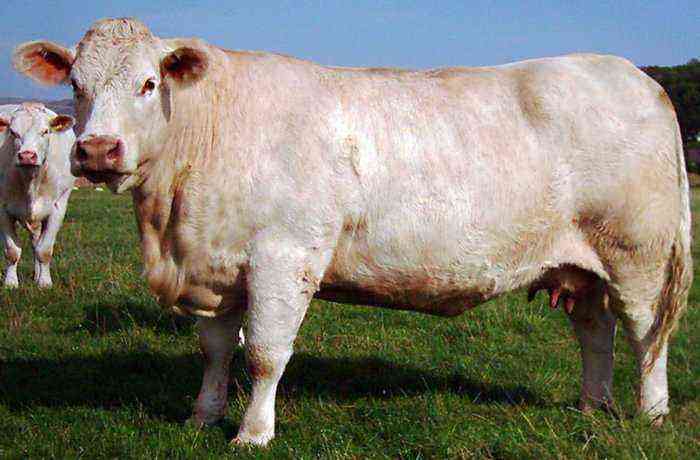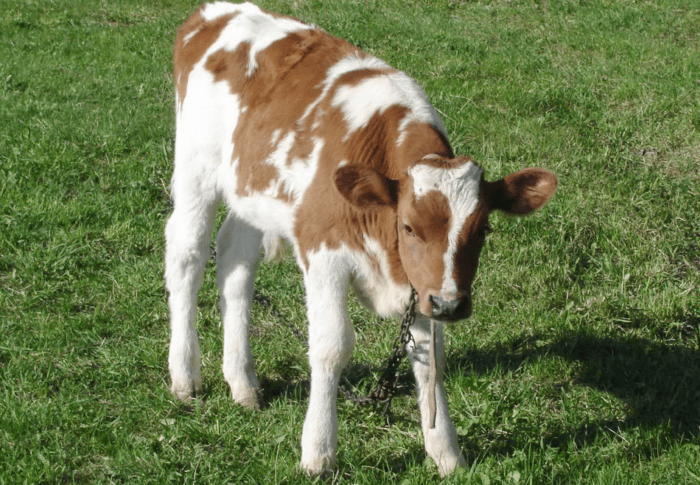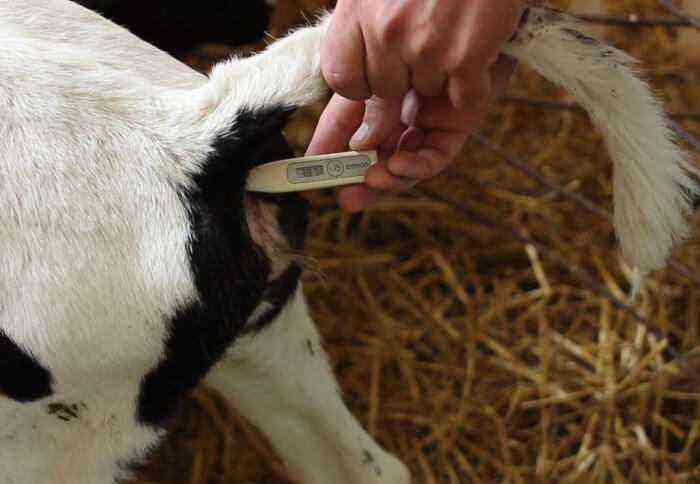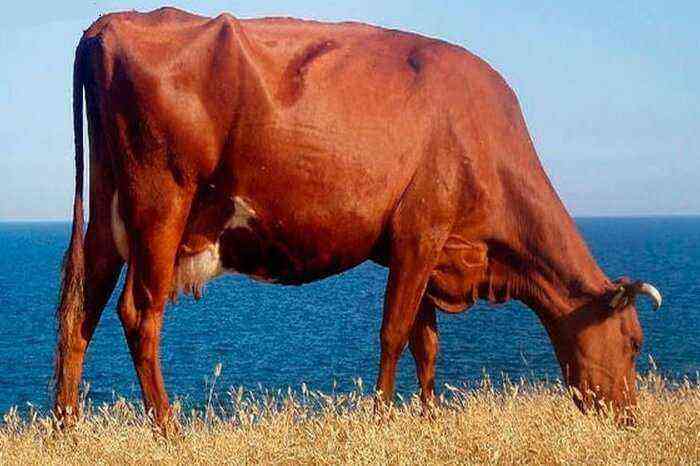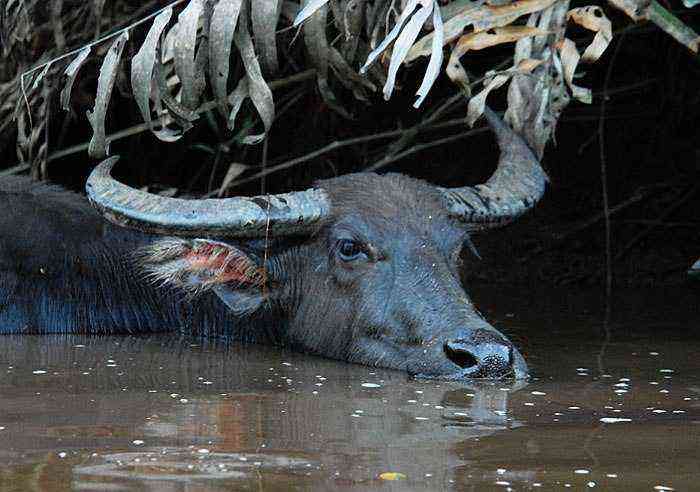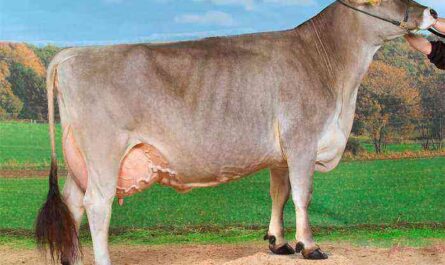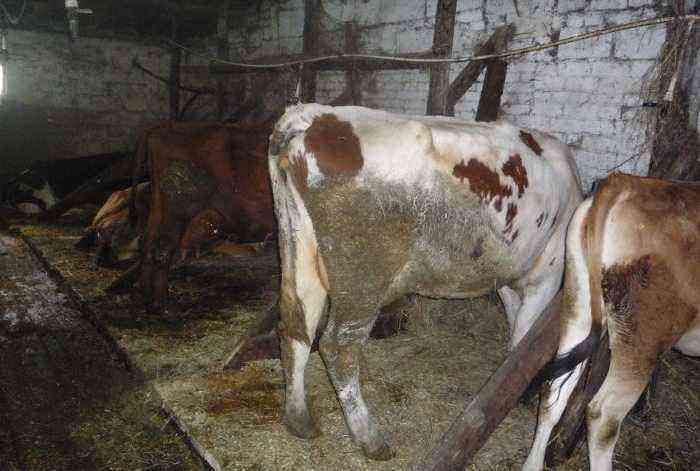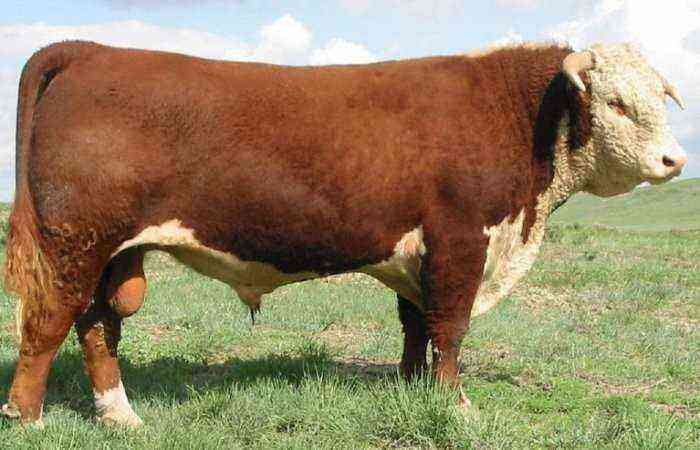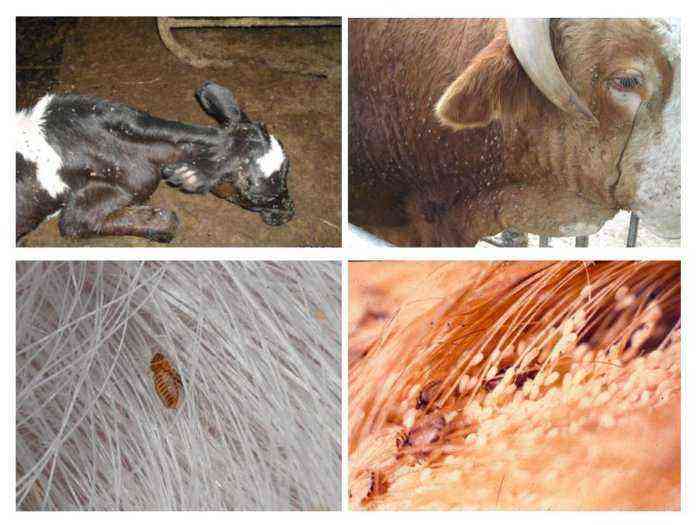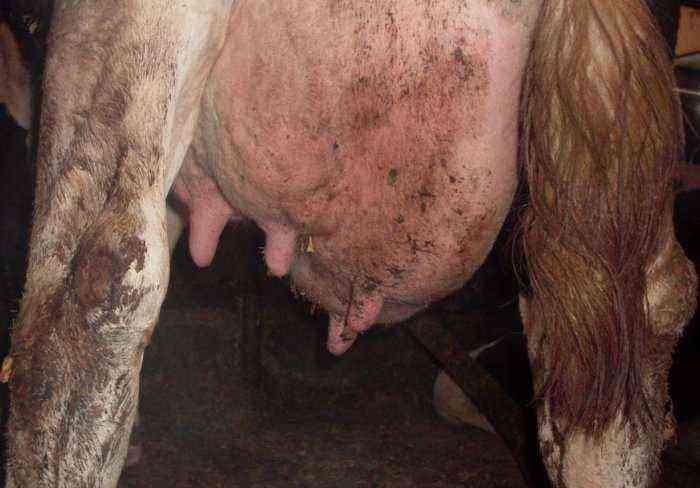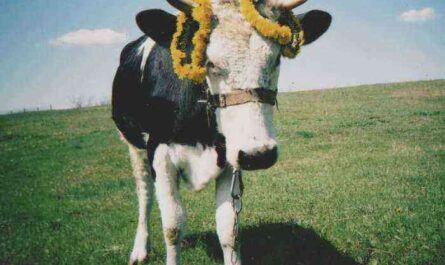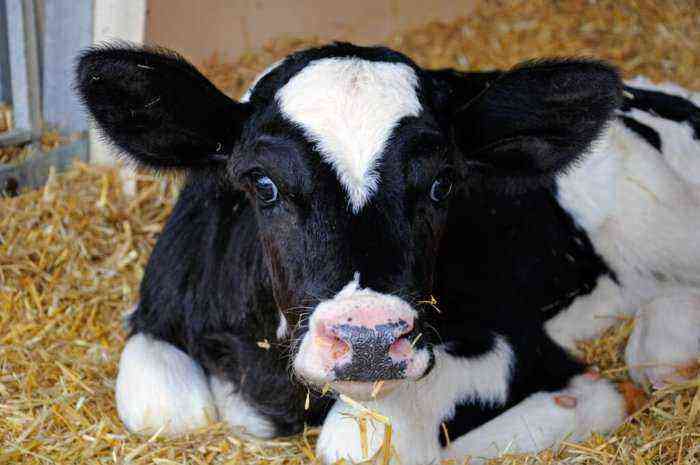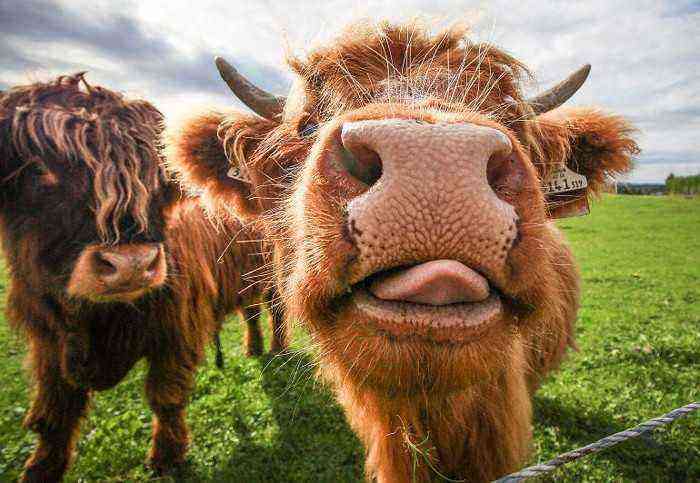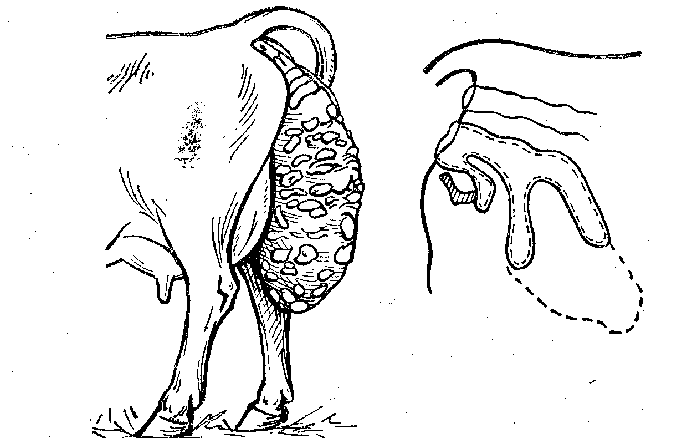Cows respond well to their nickname, so each animal can be given a name. There are several hundred “cow” nicknames, and they can be given to both young and adult individuals. But what are popular nicknames? What are the principles for choosing a name for an animal? And is it possible to change the nickname when buying a new animal? In the article, these issues will be considered in detail.
What were cows called before?
In Russia, nicknames were given to animals according to their distinctive features. It could be inclinations in character, an unusual color, and even a favorite vacation spot. Before naming the quadruped, they looked closely for a long time to pick up a nickname. Ancient people believed that the name could leave an imprint on the character, and since the four-legged animals were kept for a long time, the nickname could indirectly affect the fate of its owner. Here are a couple of examples:
- If the cattle had features in color, then the nickname was most likely given by this feature. For example, a black cow could be called Chernushka, and a white cow could be called White. If the red color dominated or there was a large red spot on the body, it could be called Ryabinka.
- If the cattle did not have external distinctive features, then they were called according to their character. For example, active four-legged animals could be called Veselushka, Milyai, and even Buyan. The shy could be called Silent, and the pensive – Clever.
- Often, the attitude of the owner to the animal was reflected in the names (after all, before the four-legged animals were not slaughtered for a long time, so they were almost family members). For example, if a person was strongly attached to a bull, he could call him Beloved or Druzhka.
- The pagan god Veles was considered the patron of cattle. Although there was a strict ban on the use of the word, many peasants used a modified version of it. For example, they could call Veska or Vlaska.
But giving nicknames resembling human names was forbidden. After all, Russia was a Christian state, and people were given names in honor of Christian saints. Therefore, the use of a human name for cattle could be considered sacrilege, which was seriously punished. True, some circumvented the Christian prohibition, naming animals with pet names of people. For example, cattle could be called Timoshka, Masha or Motka.
Attention! The Christian prohibition also reduced the level of conflict among the peasants – who would like to have a grumpy bull named after you!
Rules for household and breeding farms
The times of Russia ended a long time ago, but the rules for naming have changed slightly. Among the main changes that are relevant today:
- Foreign words for naming quadrupeds have come into fashion. Usually these are human names – for example, Heinrich, Alice, Monica and so on. Some gave nicknames after fictional creatures. For example, in the 90s, after the success of the American TV series “ALF”, there was a fashion for the name Alf among animals, and artiodactyls were called so before cats and parrots.
- In the USSR, in connection with the abolition of the Christian ban, they began to more actively call human names. At the same time, the taboo was partially preserved among the peasants, so the animals began to be called diminutive variations. For example, Vaska, Vovka, Lyubka, Masha and so on. Some people began to adapt foreign names. For example, a bull could be called Ludik (a derivative of Ludovik).
For breeding, similar rules apply. You can name them according to their distinctive abilities, character traits, as well as human names (preferably diminutive ones). In this case, a number of additional rules apply:
- For each individual from the herd, you need to have individual cards that indicate the nicknames of the ancestors up to the fifth generation. In addition to the nicknames of the ancestors, the number is indicated on the card. It is recommended to attach tags to the ears, which reflect the number on the card.
- For bull-calves, it is recommended to give a name that will match the first letter of the name of the paternal ancestors. For example, if the nicknames of the “fathers” begin with the letter M, then you can call the descendant Mishka, Pug, Moor. For female cows, a similar rule applies, but the score is kept in the female line. For example, if the nicknames of “mothers” begin with L, then you can give the nickname Lyuska, Lyubava, Lyubimka.
How can you call an artiodactyl
Breeders are advised to choose short sonorous names so that the cattle can distinguish sounds well and respond to the nickname. As for specific names, there are no rules here. It is not recommended except to call the animal obscene or rude nicknames, so as not to embarrass others. Otherwise, there are no clear rules for naming.
How to name a small calf
A young calf can be called like this:
- Zinger.
- Baby.
- Arrow.
- Игрун.
- Cheburashka.
How to name an adult female
The female can be called like this:
- Eve.
- Lucy.
- Male.
- Nut.
- Alice.
How to name an adult bull
Male gobies can be called like this:
- Crow.
- Accordion.
- Vaska.
- Winter.
- Green.
On what principles is a nickname chosen?
It can be selected according to different principles. Most often, they are guided by coloring or external signs, month of birth, character and other distinctive features of the animal. Also, the names of flowers, plants and marine life are well suited for ruminants. Some give human names – foreign or Russian.
By color
Animals are often named after their color or pattern on their bodies. Such a nickname emphasizes the individuality of the cow, and if necessary, it can always be found among other individuals:
- Redhead.
- Chernysh.
- Chocolate.
- Squirrel.
- Ripples.
By month of birth
A nickname can be given according to the year, month or day of birth. In this case, it is desirable to soften the naming with the help of suffixes. Examples:
- February.
- Martha.
- October.
- Pervysh
- Medium.
By the name of flowers and plants
Animals are well suited for the names of plants and flowers, and if desired, the nickname can also be softened with the help of suffixes:
- Rose flower.
- Birch.
- Chamomile.
- Cactus.
- Iris.
Geographic names
People give names with a geographical bias. These can be the names of countries, cities, geographic regions and even continents:
- Asia.
- Amur.
- Sahara.
- Cyprus.
- Sakhalin.
By external features
If the cow has a distinctive feature, then it is recommended to reflect this in the name:
- Sturdy.
- Bodryak.
- Baby.
- Beauty.
- Pyshka.
The nature
Animals from birth have their own character, which can also be reflected in the name:
- Quiet.
- Shustryak.
- Fun.
- Fun.
- Smart ass.
According to weather conditions at birth
If a cow was born in unusual weather, you can reflect this in the name:
- Thunder.
- Rainbow.
- Cloud.
- Storm.
- Calm.
By the names of sea inhabitants
Some breeders note that the character is similar to the habits of marine life. Many people do not agree with this point of view, but cows are given names in honor of marine inhabitants:
- Goby.
- Pike.
- Flounder.
- Crab.
- Ersh.
Human names
A quadruped can also be given a human name. It is advisable to add a diminutive suffix to it in order to clearly separate the cow from the person and not offend anyone by naming any of the neighbors:
- Vanya.
- Parsley.
- Marfochka.
- Masha.
- Sasha.
Attention! Cows don’t understand the rules for using suffixes. Therefore, if you call the bull Vanya, do not call him Vanya – he simply will not understand you.
Name Ideas
The choice of nicknames is huge, and many people choose unusual original names. This helps to easily identify the cow, which will be critical in case of a large herd.
The original ones
The names below are suitable for people who love everything unusual. Nicknames included:
- The soup.
- Tequila.
- Wanderer.
- Yabeda.
- Zeus.
Simple
Some people love simple nicknames. You don’t need to puzzle over them, but they sound elegant:
- Kuzya.
- Ember.
- Music.
- Dora.
- Elya.
Beautiful
Aesthetes give their animals beautiful names – even cows. Consider a few examples of beautiful nicknames:
- Buttercup.
- Grace.
- Virgo.
- Diamond.
- Amber.
Funny
Funny people give funny names to their cows. Let’s find out the five popular cool nicknames:
- Shrek.
- IPhone.
- Sprite
- Fanta.
- Gingerbread Man.
Top
Some breeders do not like to bother, so they take popular nicknames for cows. We list a few of these:
- Venya.
- Zoya.
- Lyalya.
- Flash.
- Mao.
Unusual and interesting
If the animal has an unusual character or appearance, then you can give it an unusual interesting name. Then anyone will want to know where this name comes from:
- Frodo.
- Miss
- Ocher.
- Marvel.
- Marlon.
Russians and foreign
When thinking about a nickname for an animal, you can pay attention to foreign and Russian names. We list these:
- Munya.
- Brysa.
- Gaspar.
- Acuko.
- Han.
How to tame to a nickname
Scientific evidence shows that domestic artiodactyls have good hearing. This is due to evolutionary factors – artiodactyls live with humans for a long time, so people bred individuals that respond best to their nicknames. To accustom cattle, follow simple rules:
- Say the nickname more often so that the animal gets used to it. You need to pronounce the word-address clearly, otherwise the four-legged will simply not understand you. And use only one form of the nickname – if the individual was called Supchik, then no Soups, Borscht and Okroshka.
- It is recommended to fix the naming during meals. Before eating, call the four-legged several times, and then give food. Over time, you will find that the four-legged will begin to respond to the appeal, as it has been deposited in his brain.
- The timing of fixing the name depends on the age of the four-legged. Young individuals learn very quickly – within 1-2 months. Adults need more time – 2-4 months. Gender also matters, and females remember the nickname faster than bulls.
Attention! Do not teach a new name to a female who feeds her calves. At this time, she thinks more about her offspring, and she will ignore your appeal.
Is it possible to change the nickname
Many people do not like the names given to the four-legged by the old owners. Is it possible to change the nickname in such a situation? Livestock breeders say – yes, it is possible, but a number of subtleties will operate here. We list the main nuances:
- Young tetrapods are easy to accustom to a new nickname, while older individuals are more difficult to cope with this task. If the cattle is over 15 years old, then it will take a very long time to retrain it – within 6-12 months. In addition, there is always a risk that the four-legged will still not master the new nickname, so it is not recommended to retrain old cows.
- The new nickname must be different from the old one so that the animal can remember it. Otherwise, retraining will drag on for many months. For example, if the old owners called the bull Vaska, then it is not recommended to call him Venya or Vanka. But calling Kuzey or Thunder is a good idea.
Useful Tips
Experienced livestock breeders recommend adhering to the following recommendations regarding the naming of quadrupeds:
- The fewer syllables in the adverb, the better it is remembered. The best option would be a nickname based on two or one syllable – say, Goga, Buttercup or Nina. But long adverbs, consisting of three or more syllables, will be more difficult to remember, so you should not give them.
- Four-legged ungulates perceive voiced consonants better than deaf ones. This is due to the structural features of the hearing aid, as well as the cognitive abilities of the quadruped. Therefore, Zhuzha, Lola or Senka are good nicknames, but Goga, Shish or Petya are bad.
In conclusion, we note that you should not give nicknames that play on living people or the political situation. After all, such nicknames can offend other people, which is especially critical in the case of raising animals for sale. In addition, a person’s views can change, and an original and bold name based on real events will eventually begin to be perceived as casual or ridiculous, so it’s better not to risk it.
